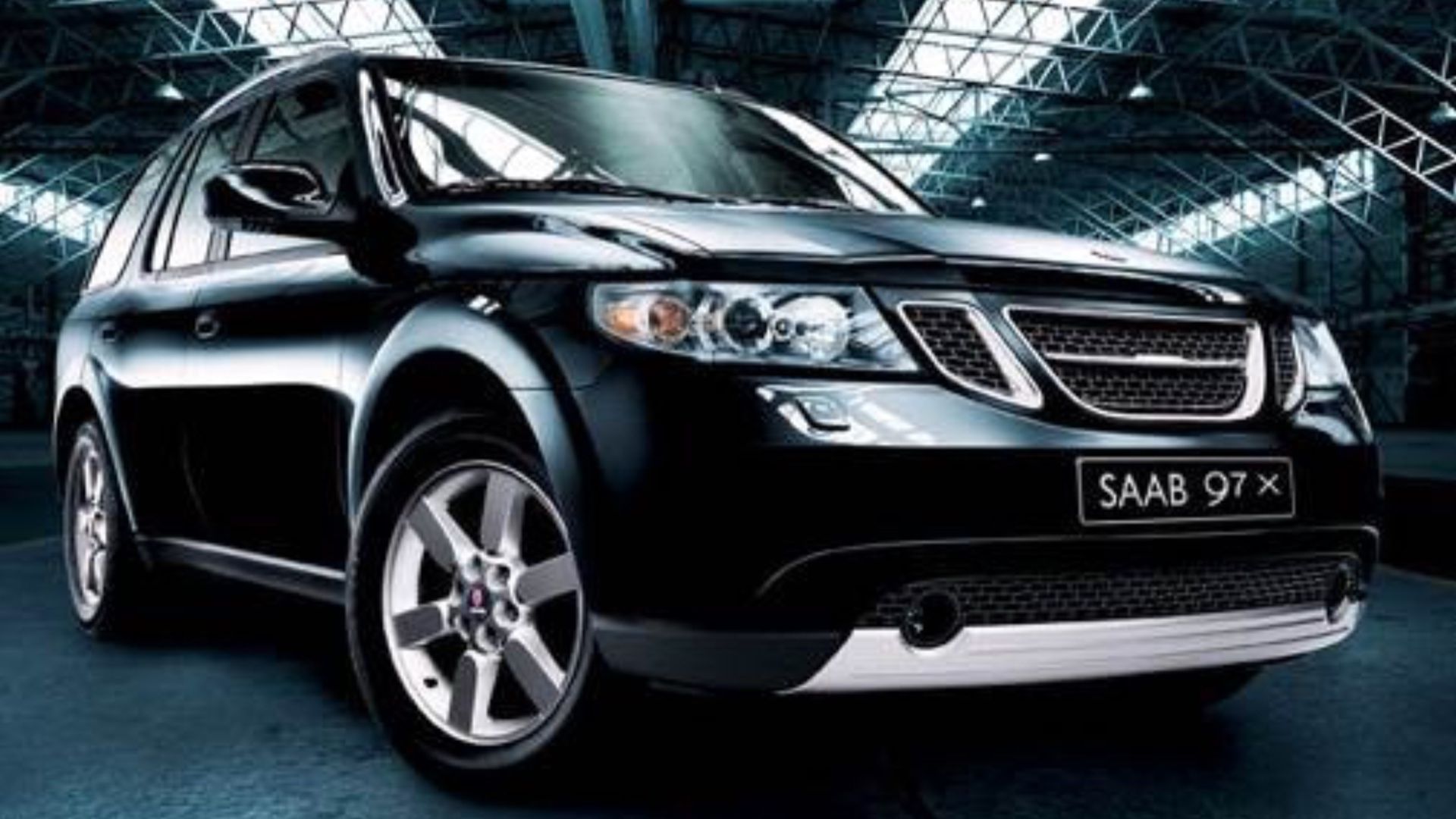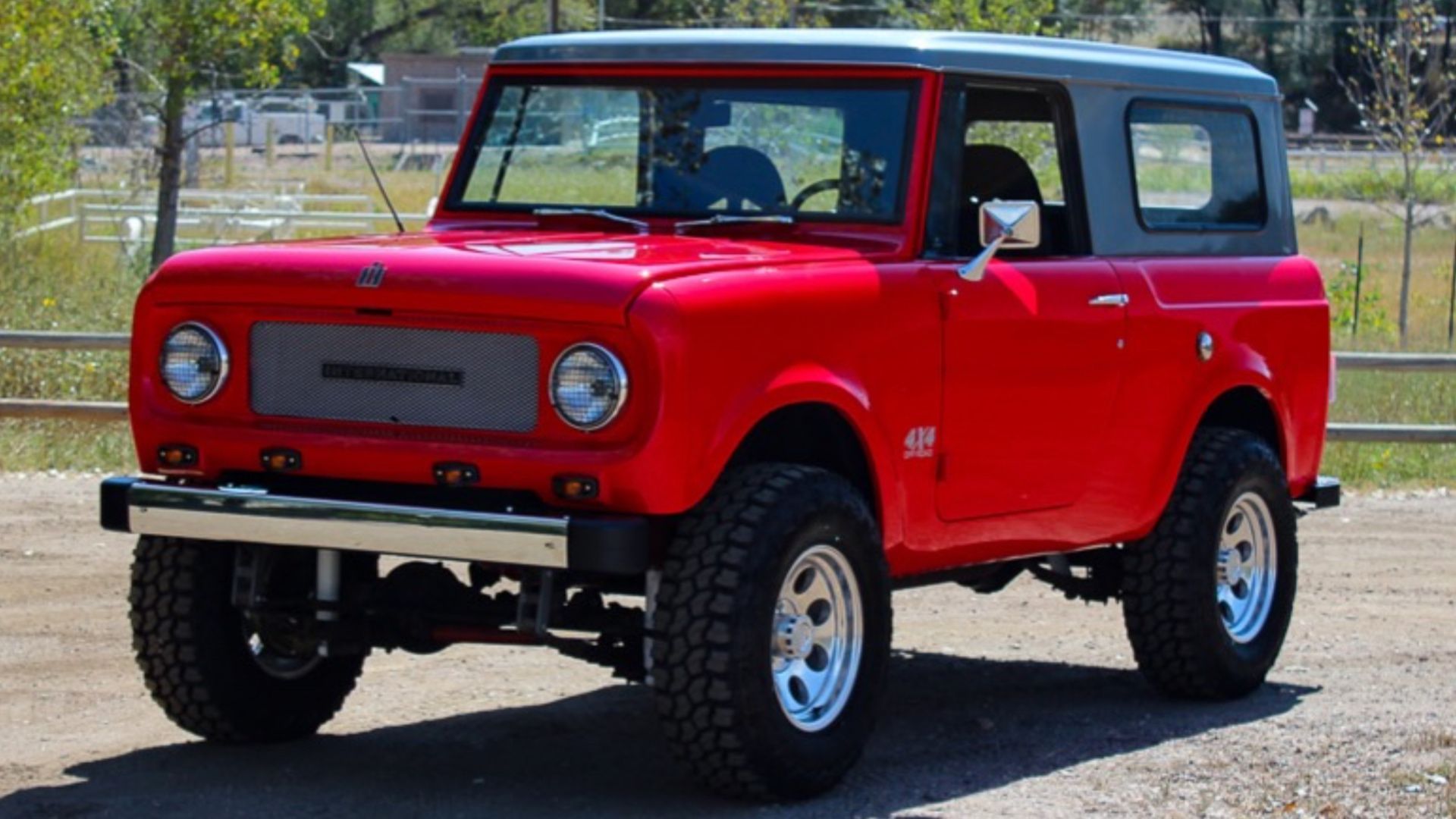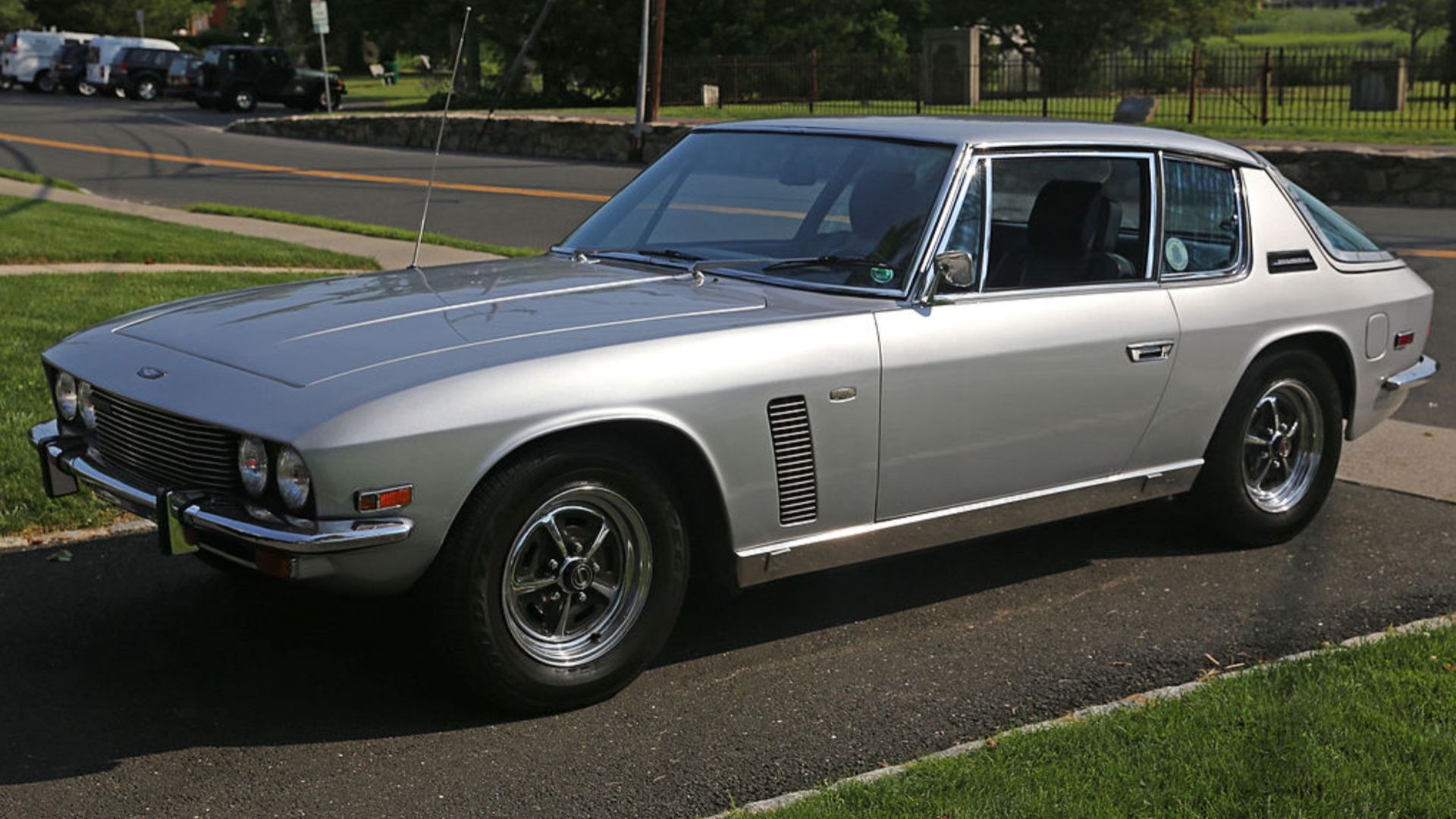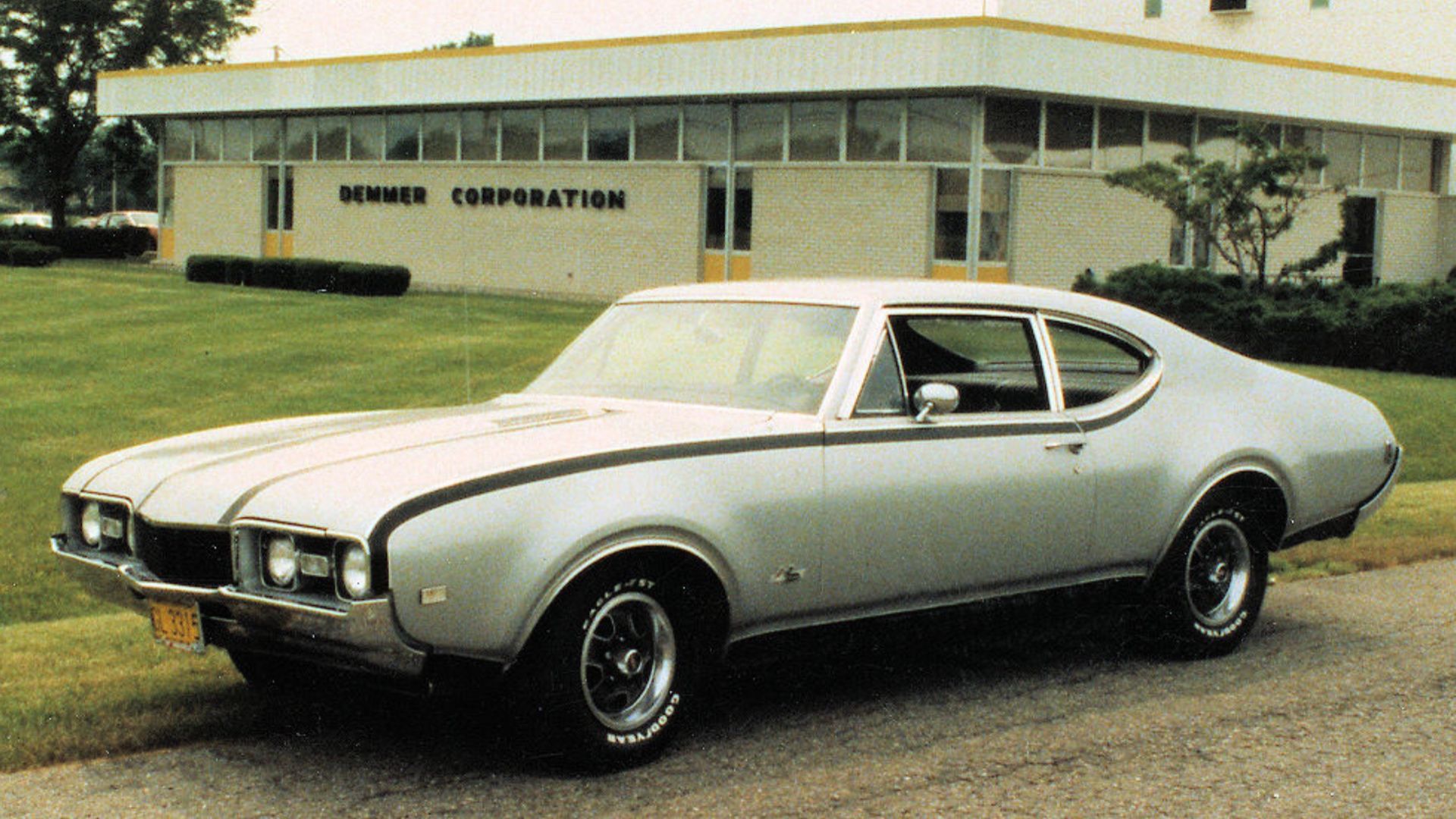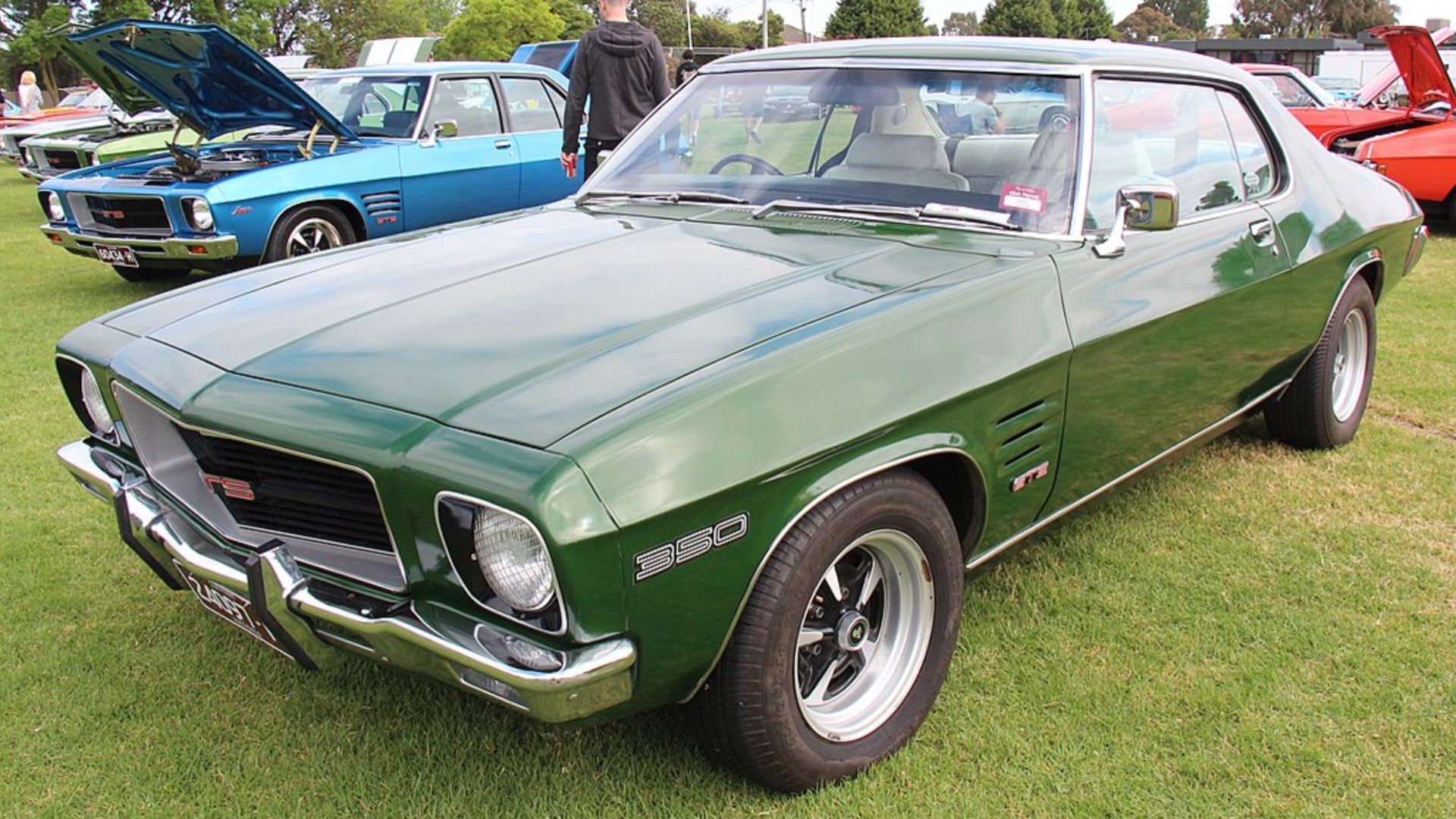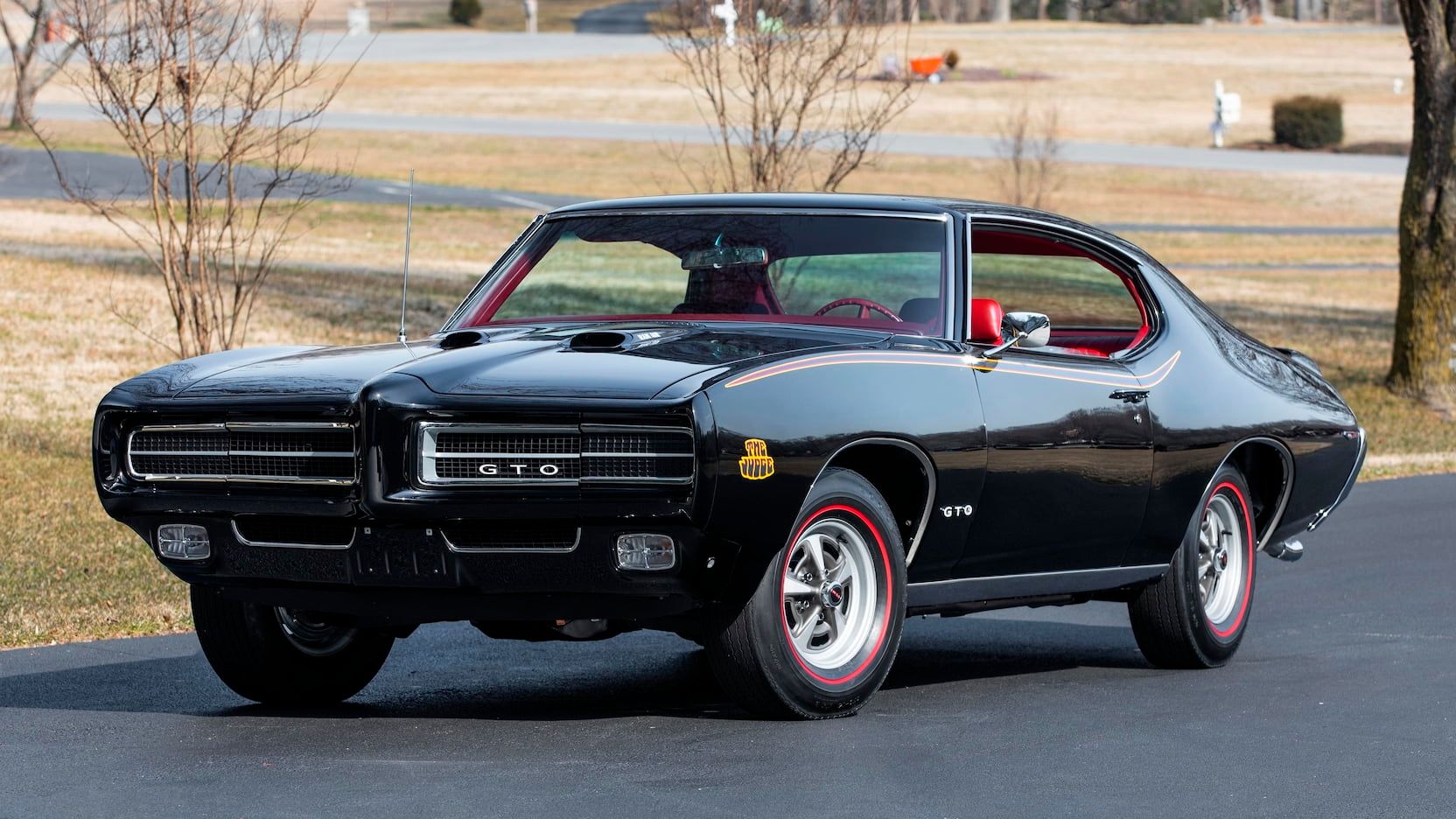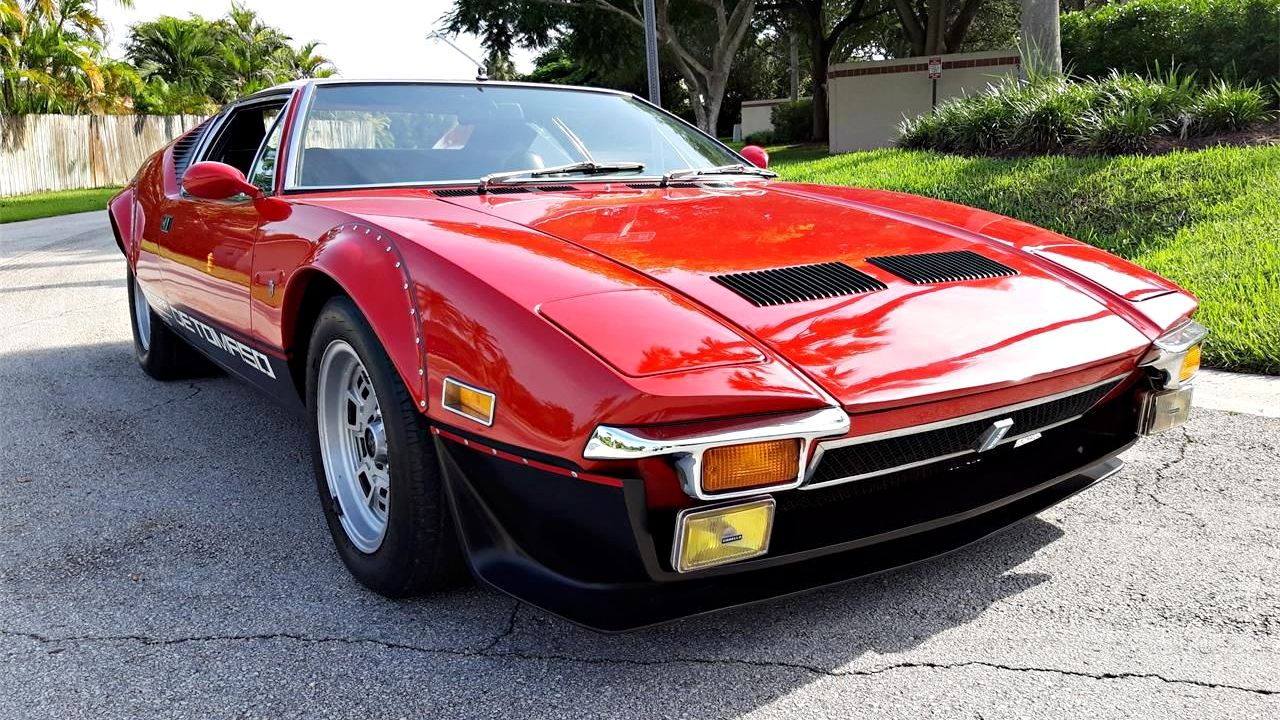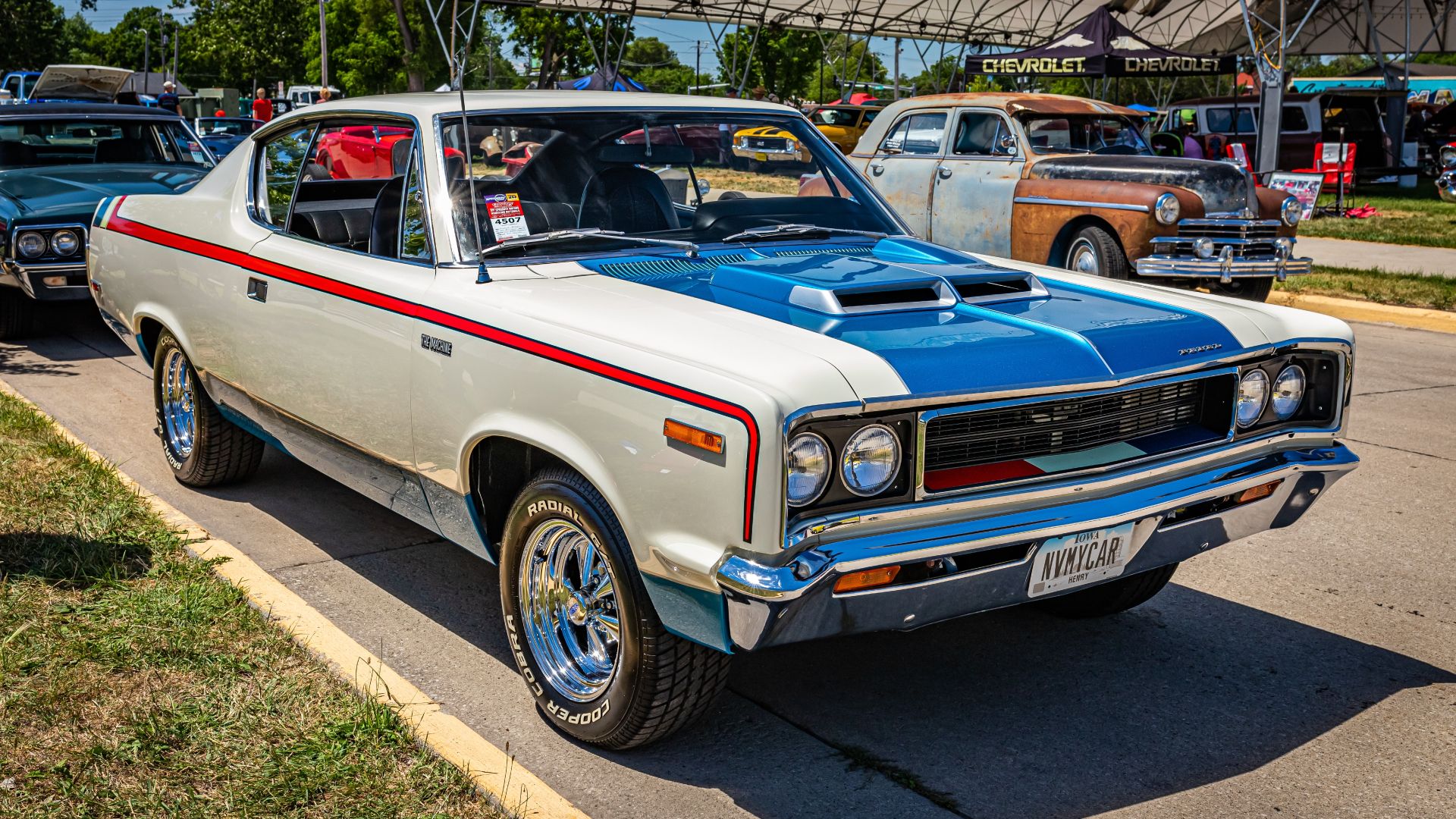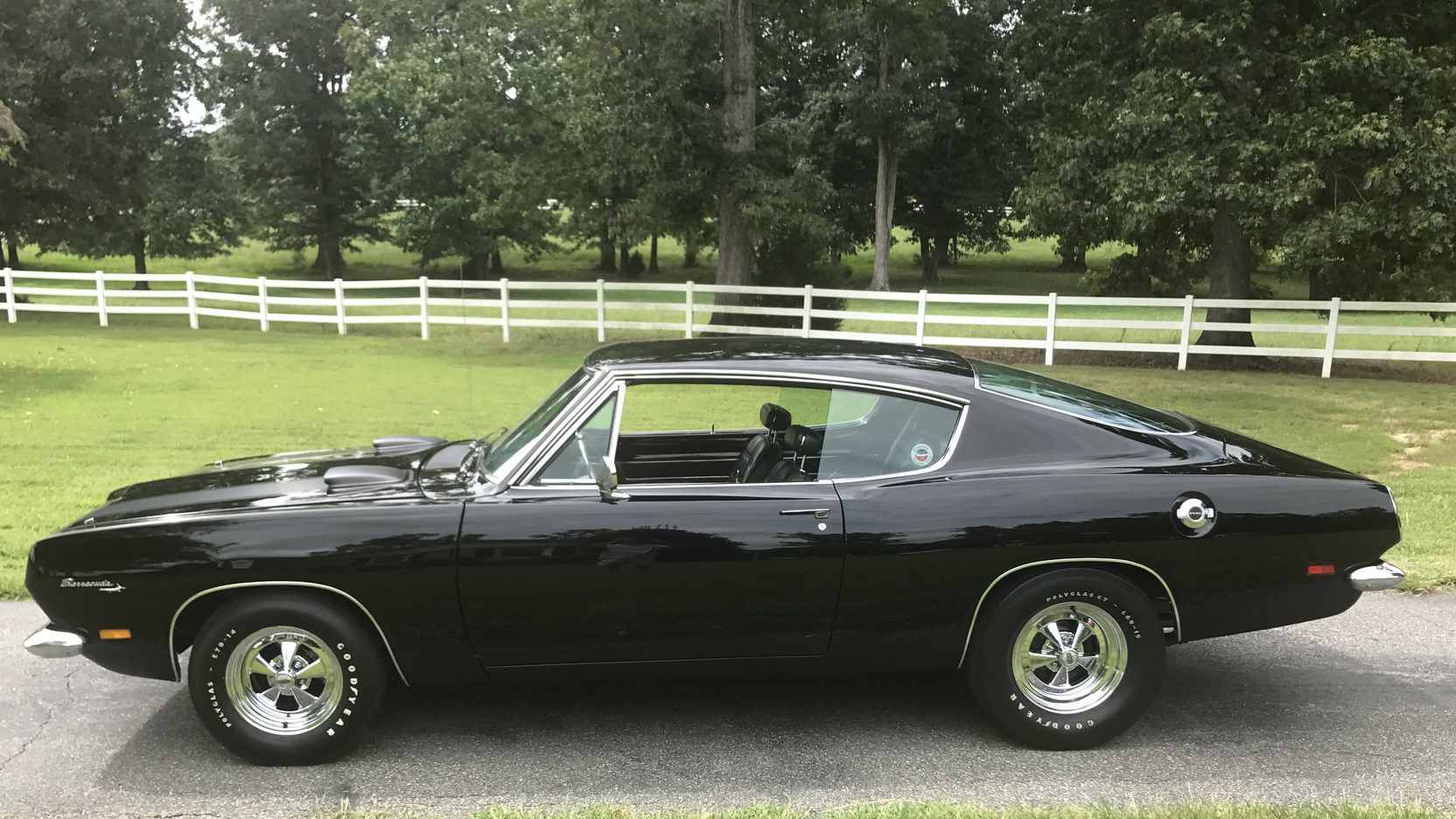Most people believe that Henry Ford founded the first American car manufacturer because of his assembly line innovations and the enduring legacy of his namesake vehicles. In reality, brothers Charles and Frank of Springfield, Massachusetts started the Duryea Motor Wagon Company in 1893, becoming the first American company to build and sell internal combustion engine vehicles to the public. A one-cylinder four-horsepower Duryea Motor Wagon didn’t have a steering wheel, suspension, or breaks, but by process of elimination, it was the best available and sold 10 vehicles in its first year.
Since that time, hundreds, if not thousands of car companies have been formed in the U.S. and around the world, disappearing as fast as they sprung up. Except for the Tucker Torpedo, which was shut down by dirty politics, most of these flash-in-the-pan automakers died off because they made unappealing garbage cars. Probably only Jay Leno knows or cares what a 1909 De Shaum Seven Little Buffaloes is, and there are hundreds more just as obscure.
On the other hand there have been some really great car companies that lasted decades, which built great rides. Many of these automakers existed until just recently with people both remembering and still driving their cars. It’s tempting to include the DeLoreon Motor Company in this group because of the Back to the Future movie fame of the DMC-12, but honestly, that wasn’t a very good set of wheels. Instead, here are some of the best cars made by companies that no longer exist.
10 1970 Mercury Cougar Eliminator
Front and side view of a 1970 Mercury Cougar Eliminator
Created by Edsel Ford in 1939, Mercury was a division of the Ford Motor Company. It served as the mid-priced brand between the high-end Lincolns and the affordable Fords. Finding its groove in the 1950s, a Mercury Monterey, Turnpike Cruiser, or Colony Park harkens as much nostalgia for the decade as a Chevrolet Bel Air. With declining sales, Mercury tried one last-ditch effort to attract female buyers, but that failed and Ford finally shut the division down in 2011.
The Mercury Cougar was based on the Ford Mustang, but intended to be a more luxurious pony car. It was a little more expensive, but better equipped and won the Motortrend Car of the Year award in 1967. One the coolest examples was the 1970 Cougar Eliminator, with its muscular styling and a standard 290 horsepower Boss 302 V-8. What really put this car over the top was the optional 428 Cobra Jet, cranking out 335 horsepower and 445 pound-feet of torque.
9 2008 Saab 9 7X Aero
3/4 front view 2008 Saab 9 7X Aero
Saab Automobile was a Swedish automaker, founded in 1945 to manufacture weird-looking but reliable vehicles. As one of the most innovative companies ever, they developed many safety and performance features we take for granted like standard seat belts, asbestos-free brake pads, and heated seats. GM bought up the company in 1989, ran it into the ground, and then sold it where it died off. Saab briefly became an EV under the company NEVS, but finally ceased to exist in 2016.
Over the years, Saab had made some pretty quick four-cylinder turbo cars, but again, they were kind of odd looking. Toward the end of their run they finally made an attractive model in the luxury SUV, 9 7X, and discovered the joys of V-8 power. In 2008 they created the 9 7X Aero trim, which came with a 6.0-liter SL2 V-8 that generated 390 horsepower and 395 pound-feet of torque. At the time, Car and Driver announced, “The Swedes go all American on us” and proclaimed the 9 7X Aero better than the Chevrolet Trailblazer SS.
8 1968 International Harvester Scout 800A
3/4 front view red 1968 International Harvester Scout 800
Known mostly for building farm equipment and tractors, The International Harvester Company had actually been producing road vehicles since its founding in 1902. Their line of pickup trucks and SUVs were successful from the ’50s to the 80s, but somehow the company was always in financial trouble. After selling off much of their assets, including their name, IH became Navistar in 1985, still making commercial trucks, but discontinuing their consumer vehicles.
IH made some crazy rides like the explanation-defying Jungle Yacht, but mostly they built rugged, reliable off-roaders such as the first-of-its-kind 1953 Travelell four-wheel-drive “recreational” vehicle. The best however was the International Harvester Scout, produced from 1961-1980, and the top of that class was the 1968 Scout 800A. Equipped with an optional 302ci V-8, this 4×4 is still sought after today, with Florida company, Velocity Modern Classics producing high-end resto-mods of the classic vehicle.
7 1971 Jensen Interceptor MkII
Side view silver 1971 Jensen Interceptor MkII
Founded in 1921 by Brothers Alan and Richard Jensen, Jensen Motors Limited was a British maker of sports cars and commercial vehicles. They hit the big time in 1934 when actor Clark Gable commissioned a car from them, which led to a joint venture with Ford and international renown. The company ran into some financial issues and ceased operations in 1976. After a couple of unsuccessful attempts to revive the brand, it was finally dissolved in 2011.
Easily the coolest thing Jensen ever made was the Interceptor, which they produced from 1966-1976. Made for speed and long-distance driving, the 1971 Jensen Interceptor MkII came optional with a Chrysler 440ci V-8 Six-Pack, that was slightly detuned but still produced 350 horsepower. With a 6.0 second 0-60 mph time and a top speed of 144 mph, it’s the closest think to a muscle car ever built in Europe.
6 1968 Oldsmobile Hurst/Olds 4-4-2
Side view of 1968 Oldsmobile Hurst/Olds 4-4-2
The Olds Motor Vehicle Company was founded by Ransom E. Olds in 1897 and was for a time the top-selling American car brand. By 1908, General Motors bought up the company, which became their mid-level Oldsmobile division. Known in later years for making “grandpa cars,” it was actually a hot brand in the 60s and 70s. As much as GM tried to shake the fuddy duddy image, sales continued on a steady decline, and it was axed in 2004.
During that period when it truly wasn’t “your father’s Oldsmobile” they managed to make one of the most ferocious muscle cars of the classic era. Introduced as an option package for the Cutlass in 1964, the Oldsmobile 4-4-2 became its own model in 1968. Also in 1968, a special performance package, known as the Hurst/Olds came with a beefed up 455ci V-8 that cranked out 390 horsepower. For those curious as to why it was called a 4-4-2, it’s because it came with a four-barrel carb, four-speed manual transmission, and had a dual (two) exhaust system.
5 1972 Holden HQ Monaro GTS 350
3/4 front view of 1972 Holden HQ Monaro GTS 350
Holden started out in 1905 as a car upholstery repair business and eventually grew into GM’s presence in Australia and New Zealand. Though many of their models were Aussie copies of GM cars, they also made their own market-specific vehicles. Despite selling over seven million sets of wheels in their storied history, GM announced it would no longer be in the business of making right-hand drive vehicles and shuttered Holden in 2020.
The Holden HQ was a series of Aussie exclusive vehicles made from 1971 to 1974 that ranged from four-door sedans to pannel vans. Within that range were some pretty awesome two-coupes like the 1972 HQ Monaro GTS 350. With a big-block Chevy 350ci V-8 and an optional four-speed transmission, it was one of the fastest muscle cars ever produced Down Under. It was such a cool and memorable ride that it got some love by being included in the Forza Horizon 3 video game.
4 1969 Pontiac GTO Judge
Front and partial side view of a 1969 Pontiac GTO Judge
In 1907, Edward Murphy founded The Oakland Motor Car Company in Pontiac, Michigan and a couple years later it was bought by GM. The division’s most popular car was the Pontiac Series 6-27 and by 1931, Oakland was canceled and replaced by Pontiac. For most of its run, Pontiac was GM’s second-tier brand, above Chevrolet, but below Oldsmobile, Buick, and Cadillac. The great recession of 2008 hit all the American automakers hard and with GM, caused them to shed several divisions, including Pontiac in 2010.
That was certainly a sad end to a company with so much rich history, including inventing the muscle car. In 1964, then-head of Pontiac, John DeLoreon, had the genius idea of shoe-horning a 400ci V-8 into a La Mans. It was such a smashing success that by 1966, the GTO became its own model, instead of an option package. The most powerful of the bunch came in the second generation, and the 1969 GTO Judge is a perfect example. With the optional Ram Air IV 400ci V-8, it made 370 horsepower and 445 pound-feet of torque, making it the G.O.A.T. GTO.
3 1973 De Tomaso Pantera L
A front 3/4 view of a red 1972 De Tamaso Pantera
If French automaker Renault is the elevator music of vehicles, and it is, then Italian sports car manufacturer De Tomaso is hard-driving heavy metal. In fact, Texas groove-metallers, Pantera named themselves after the vaunted model, and it’s what Mötley Crüe frontman Vince Neil crashed in his infamous DUI arrest. De Tomaso Automobili ltd. was founded by Alejandro de Tomaso in 1959, became part of Ford in 1971, and then effectively ended with the founder’s death in 2003. The company has been bought several times since then with hopes of jump-starting it, but so far nothing substantial has happened.
During its time under Ford, De Tomaso introduced the Pantera in 1971, most of which were sold in America through Lincoln-Mercury dealers. The 1972 Pantera L (for luxury) came with a front bumper and integrated airfoil, but more importantly, a 5.8-liter V-8 that generated 330 horsepower and 344 pound-feet of torque. The Pantera continued to be manufactured until 1992 with only 7,260 ever produced. Though later models had bigger engines and were much faster, those first Panteras were iconically cool.
2 1970 AMC Rebel Machine
Front three-quarters shot of a 1970 AMC Rebel Machine
The founding of the American Motors Corporation (AMC) is complicated, involving mergers between Nash, Kaiser Motors, Packard, Studebaker, Willys–Overland Motors and U.S. Senator Mitt Romney’s dad. Their demise is equally complex, involving a Renault buyout, the assassination of Renault chairman Georges Besse by leftist extremists, and an ultimate buyout by Chrysler, who only wanted the Jeep brand and let everything else fade away. What is easy, is the fact that AMC was the last great American car company to rival the Big Three, who made some pretty cool rides.
Yes, AMC gave the world the Pacer and the Gremlin, two of the ugliest vehicles ever made, but they also cranked out some sharp-looking muscle in the classic era like the Javelin and the AMX. Nothing however was cooler than the 1970 Rebel known as “The Machine.” This patriotic red, white, and blue muscle car had a 390ci V-8 under the hood that produced 340 horsepower and 430 pound-feet of torque. With a 6.3 second 0-60 time and a 14.8 second quarter-mile, it was bit slower than it’s muscle car contemporaries, but man did it turn some heads.
1 1969 Plymouth Barracuda
A side view of a black 1969 Plymouth Barracuda
Walter P. Chrysler took over the troubled Maxwell-Chalmers car company in the early 1920s and eventually turned it into the Plymouth division of the Chrysler Corporation. Initially intended to be the budget Pentastar brand, it would go on to produce some of the greatest and most prestigious models under the Chrysler umbrella.
After some kick-ass decades in the 60s and 70s, by the new millennium, Plymouth was back to being an entry-level brand making cheap underpowered stuff the American public didn’t want. Even the Chip Foose-inspired Plymouth Prowler couldn’t save the division and in 2001, Chrysler pulled the plug.
Plymouth’s time in the spotlight came in the classic muscle car era when they made some of the baddest rides available, like the GTX, the Duster, the Road Runner, and of course the Super Bird. Nothing however compares to the sheer awesomeness of the Barracuda. Introduced in 1964 as an A-body fastback coupe pony car, it would become a muscular track menace by the second generation.
Before it became basically a Dodge Challenger in 1970, the 1969 Barracuda came optional with a 440ci Super Commando V-8 that blasted 390 horsepower, 490 pound-feet of torque, and was the fastest Plymouth of the time. Not only is the ’69 ‘Cuda one of the best muscle cars ever, it’s the single best car made by a defunct auto manufacturer.
